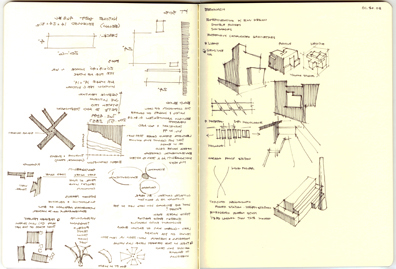
Last night the UW kicked off their winter lecture series with Christof Jantzen of Behnisch Architects. Based in Stuttgart, Boston and Los Angeles, Behnisch focuses on environmentally functional work; or in their own words “the pursuit of excellence in the built environment, while carefully respecting both needs and available resources”. The talk on “Sustainable strategies between Europe and North America” was a bit dry but the content was good. Here’s the recap along with our token commentary.
Jantzen mentioned that the concept of sustainable design in the U.S. is often misused – the Behnischian definition of sustainability takes into account factors of economy, environment and culture. He suggested that a person’s individual well-being is rarely taken into consideration in building design.
The Institute for Forestry and Nature Research (IBN) in Wageningen, Holland uses an interior garden to balance temperature extremes; the garden also provides gorgeous views and usable space for employees.
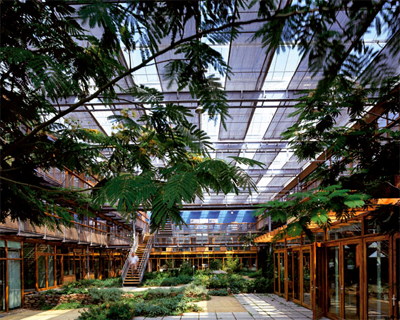
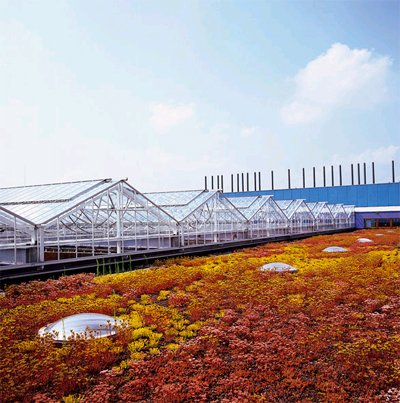
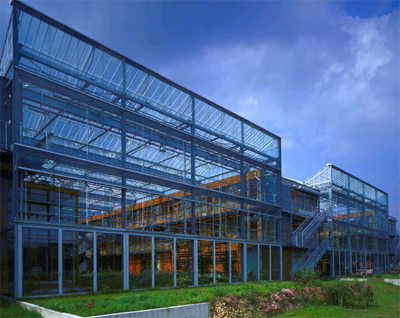
Some very practical ideas were brought up such as clothing as a means to help with temperature balance. Jantzen pointed out the absurdity in air conditioning our buildings to such an extent that individuals wear sweaters in the summer time and heated to such an extent in the winter that shorts can be worn inside. A sensibility in the clothing we wear obviously improves the equation.
The Genzyme Center in Cambridge Massachusetts uses an atrium, solar chimney, sun shades and a double façade to alleviate temperature extremes before the heating and cooling systems need even be applied.
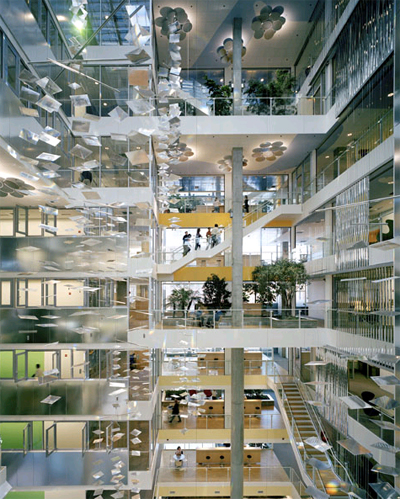
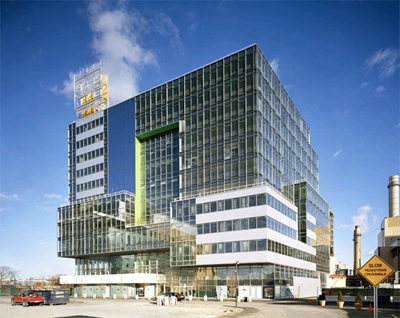
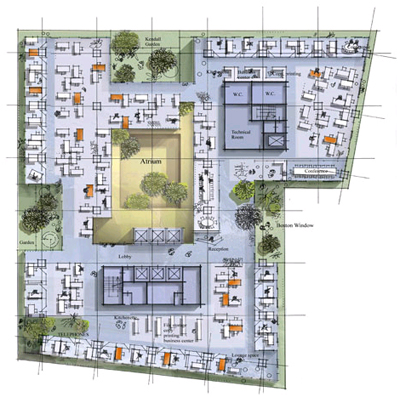

The Benischonians are interested in achieving a balance between a “positive energy ratio” and the personal enjoyment of the individual. Meaning that we must strive to consume a minimum amount of energy and resources to benefit a maximum of peoples. But, as Jantzen pointed out, the highest ratio of individuals served per amount of energy used isn’t necessarily the healthiest of environments, as his image of a Tokyo water-park indicates very powerfully.

The Senscity Paradise Universe project in Las Vegas, Nevada is a conceptual project which uses enormous mechanical umbrellas for control of shade and light. Soil temperatures from deeper grades help balance the surface temperatures. The mechanical umbrellas range in size with the largest designed to be 300 feet in diameter. Given the complexity of the umbrellas and their function to let light through in the winter and block light in the summer, several audience members whispered “why don’t they just use trees?”
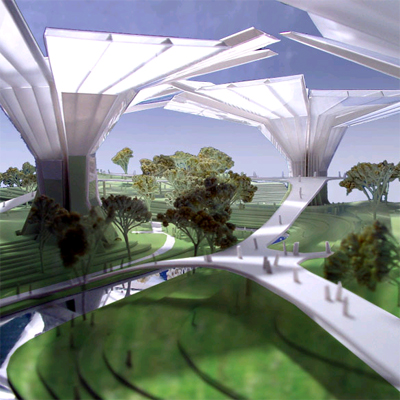

The Norddeutche Landesbank in Hannover, Germany employs gardens, solar chimneys and light reflectors to deal with temperature, light and the enjoyment of the inhabitants. While the building is dramatic and extremely powerful from a visual standpoint, one has to wonder at what point do the architectural complexities and structural acrobatics eradicate the environmental achievements.


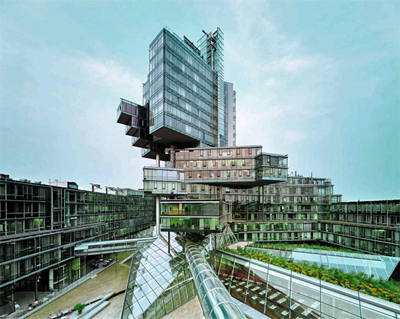

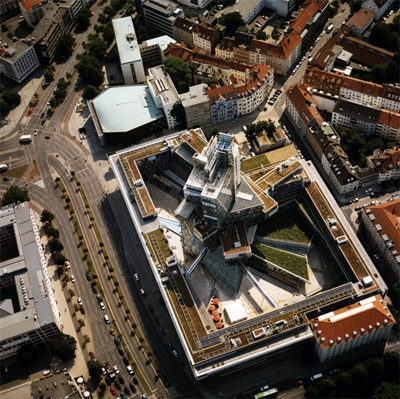
The subject of low-tech vs. high-tech was discusses and Jantzen showed several very good examples of low-tech, dumb structures that are actually very intelligent in terms of their environmental design. These included pueblos, tepees, trullis, igloos and yurts
More than anything the lecture made it clear (to us) that Europe is taking environmental measures quite seriously in building design; whereas the industry in the United States seems to be responding to environmental design out of fashion and/or political correctness. Behnisch has 2 offices in the U.S. and 1 office in Europe – the data from their website suggests that they have completed 19 projects in Europe since 1996 and 1 project in the U.S. in the same time period.
